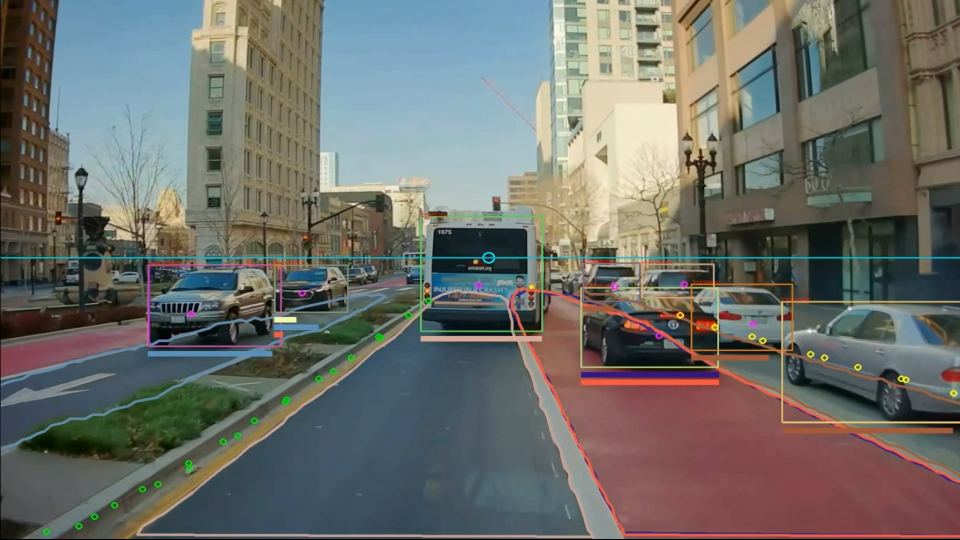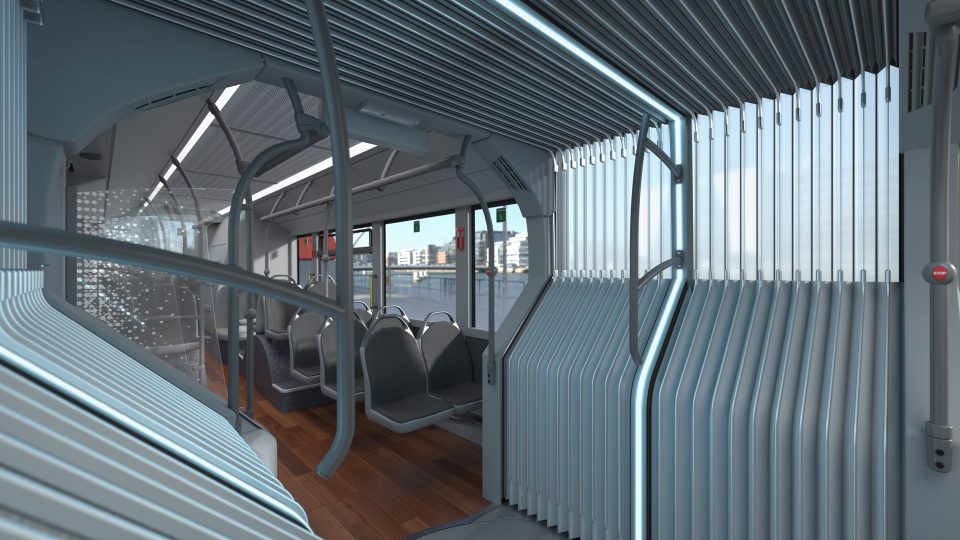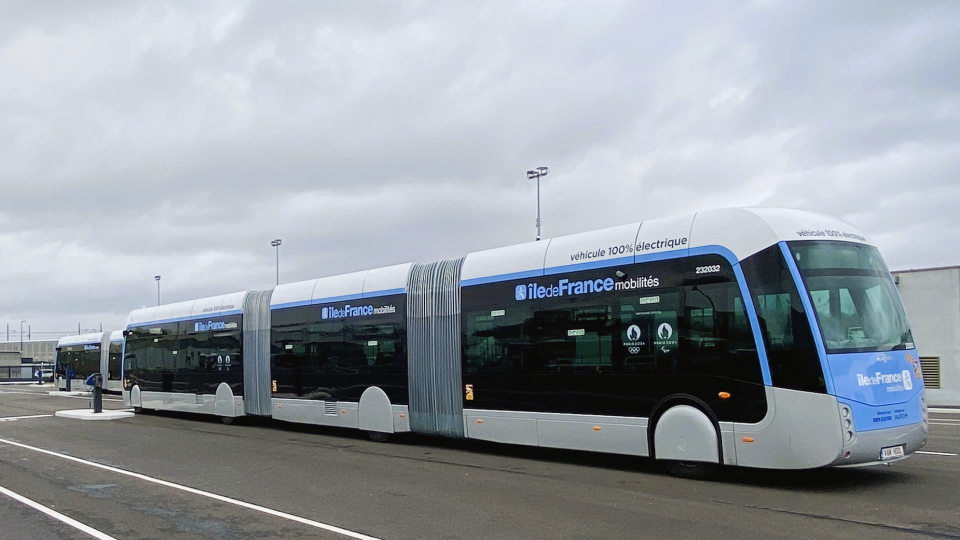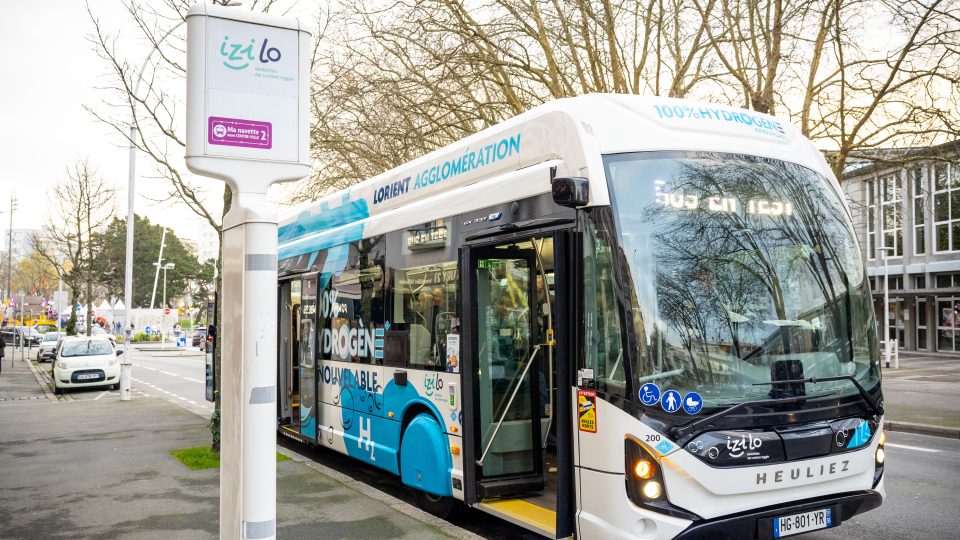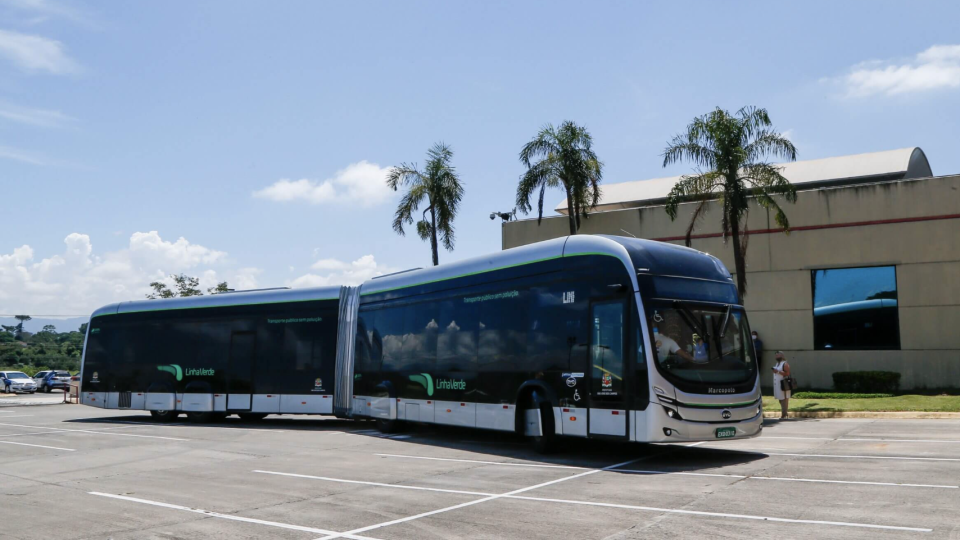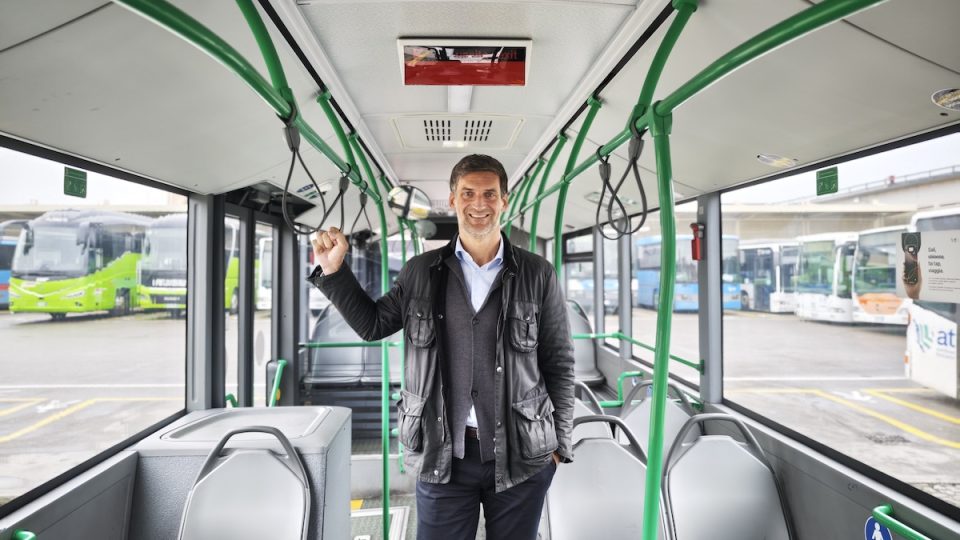The deal between EU Parliament and Council on the Euro 7 emissions standard is done
The EU Parliament and Council have reached an agreeement on the next Euro 7 emissions standard. The new regulation “sets more adequate rules for vehicle emissions and aims to further lower air pollutant emissions from road transport, and for the first time it covers cars, vans, and heavy-duty vehicles in one single legal act”, as stated in the […]
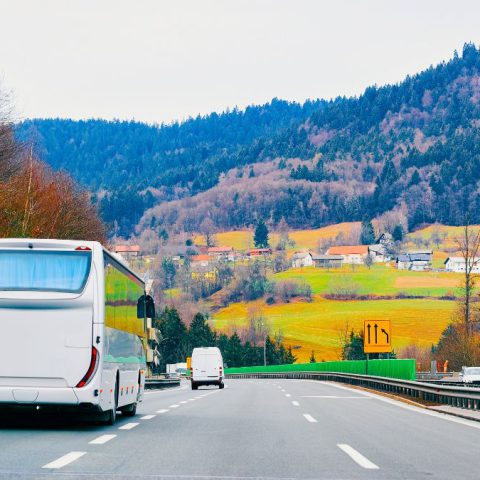
The EU Parliament and Council have reached an agreeement on the next Euro 7 emissions standard. The new regulation “sets more adequate rules for vehicle emissions and aims to further lower air pollutant emissions from road transport, and for the first time it covers cars, vans, and heavy-duty vehicles in one single legal act”, as stated in the official release.
The above mentioned agreement retains the Euro 6 emissions limits for cars and vans but reduce the limits for buses and lorries. It also introduces limits for particles emitted by brakes (in electric vehicles in particular) and lifetime requirements.
More into details, the regulations include stricter limits for exhaust emissions measured in the laboratory (NOx limit at 200 mg/kWh) and under real-world driving conditions (NOx limit at 260 mg/kWh).
The new Euro 7 legislation as decided by the EU Parliament and Council
The new legislation replaces the previously separate emissions rules for cars and vans (Euro 6) and lorries and buses (Euro VI). The Euro 7 standard rules bring emissions limits for both light and heavy-duty vehicles, i.e., cars, vans, buses, and lorries under a single set of rules. The co-legislators introduced stricter lifetime requirements for all vehicles in terms of both mileage and lifetimes; that now goes up to 200 000 km or 10 years for cars and vans.
The provisional agreement reached with the European Parliament now needs to be endorsed and formally adopted by both institutions.
The deal and next steps
The deal foresees different dates of application after the regulation enters into force:
- 30 months for new types of cars and vans, and 42 months for new vehicles
- 48 months for new types of buses, trucks and trailers, and 60 months for new vehicles
- 30 months for new systems, components, or separate technical units to be fitted in cars and vans, and 48 months for those to be fitted in buses, trucks, and trailers.
ACEA’s voice on the new Euro 7 framework agreement
As stated by ACEA, the European vehicle industry welcomes the planning certainty. “We should not underestimate the huge progress made by European vehicle manufacturers in reducing pollutant emissions from road transport. Indeed, between the first Euro standard and the first version of Euro 6, emissions were slashed by over 90%”, commented Sigrid de Vries, ACEA Director General. “Although we will only understand the full details once we can assess the entire document, we note that the inter-institutional negotiators have principally opted to prioritise future-oriented challenges, such as light-duty vehicle brake emissions and electric vehicle battery requirements. Exhaust emission limits and test procedures for heavy-duty vehicles were significantly tightened as well. As key elements are still to be decided through secondary legislation, we will continue working to ensure a realistic Euro 7, within the limitations imposed by the primary legislation.”

